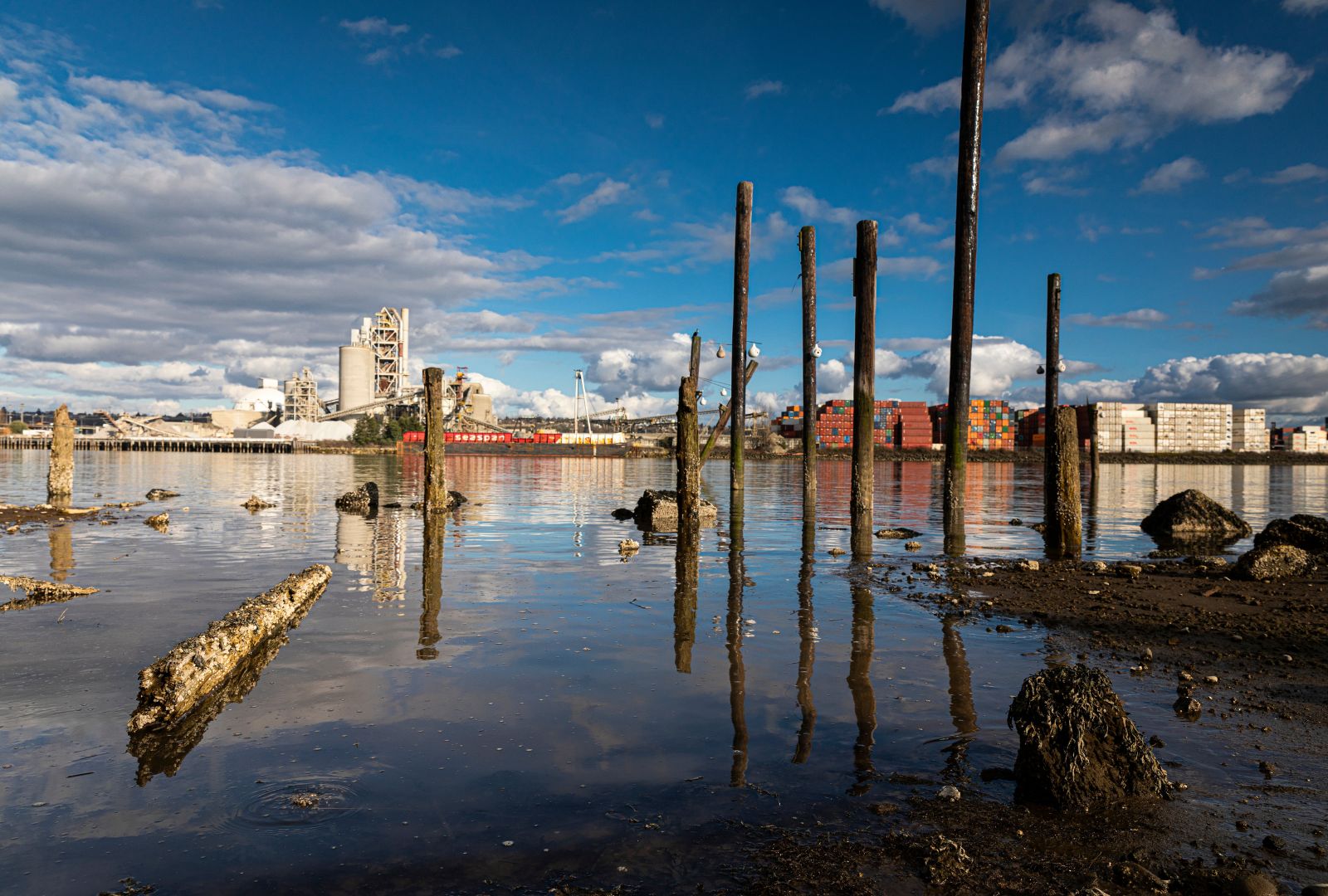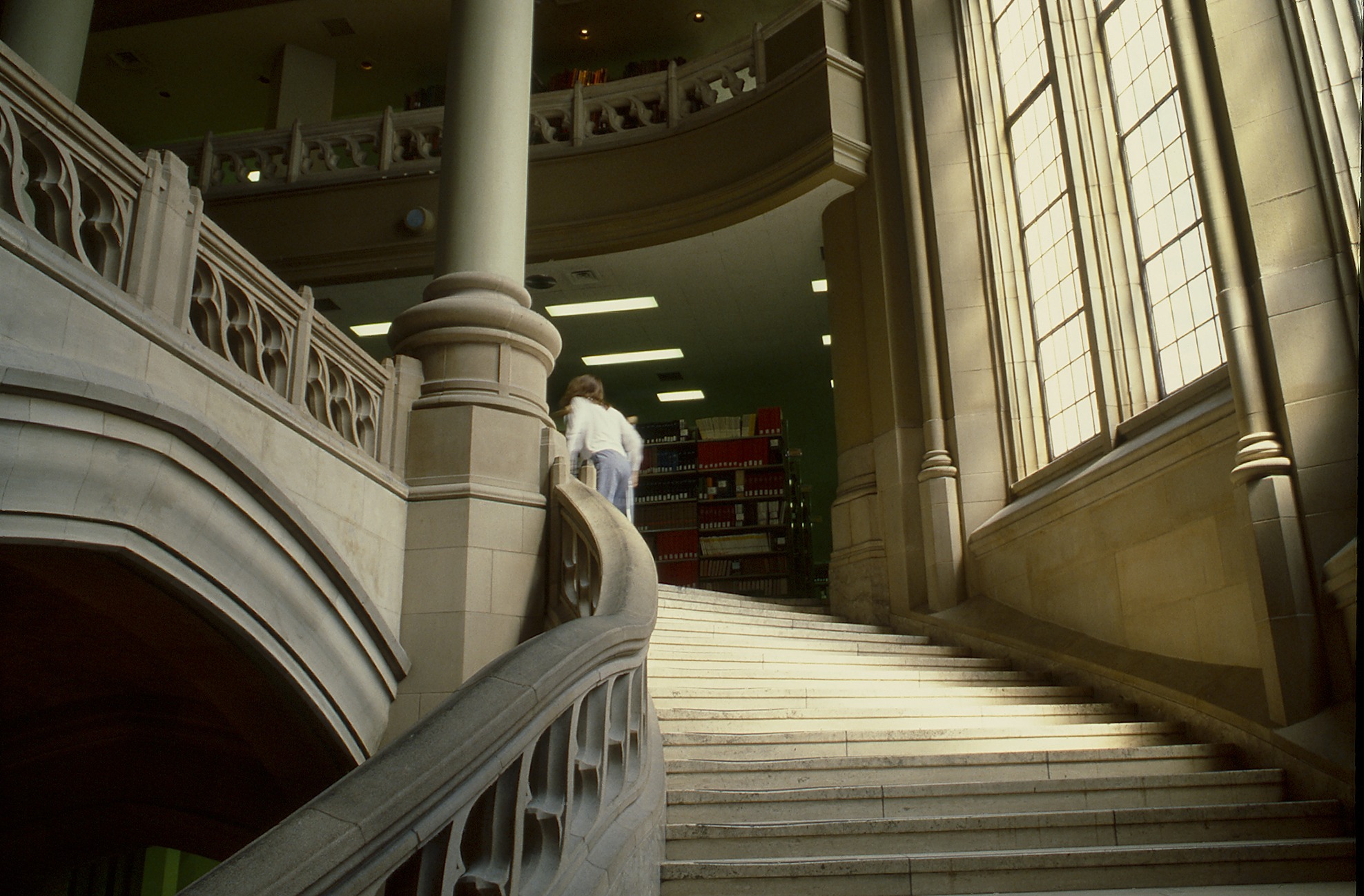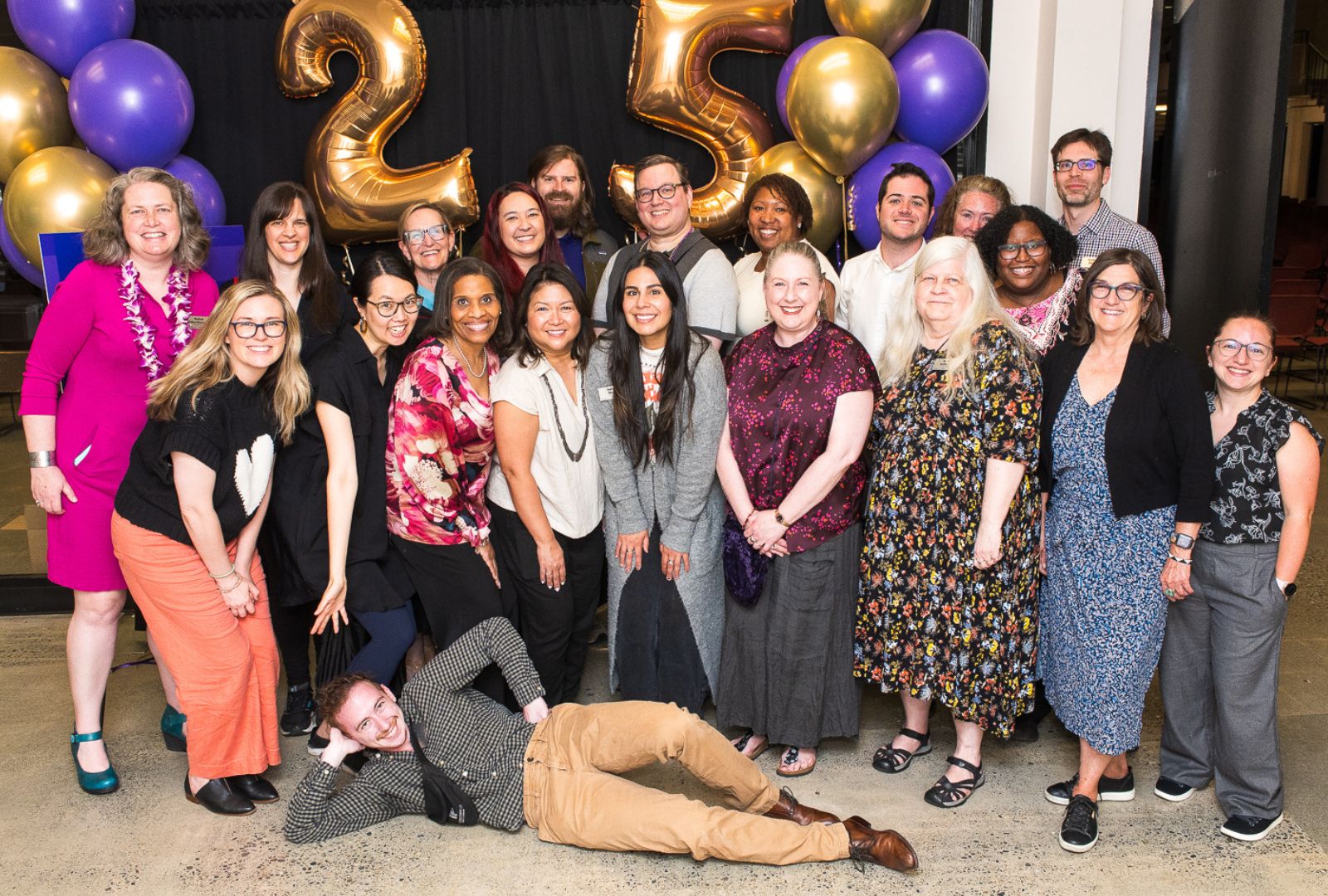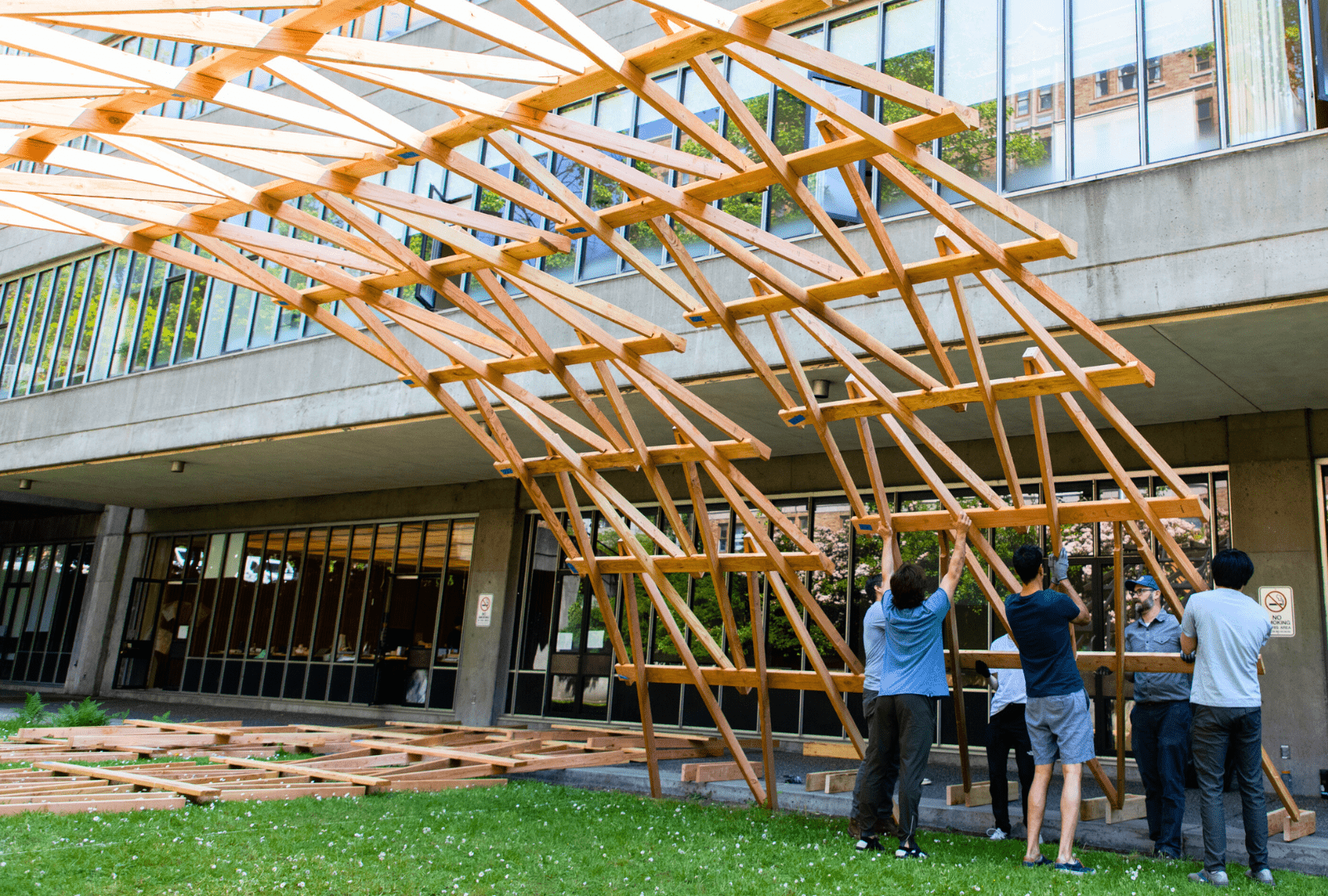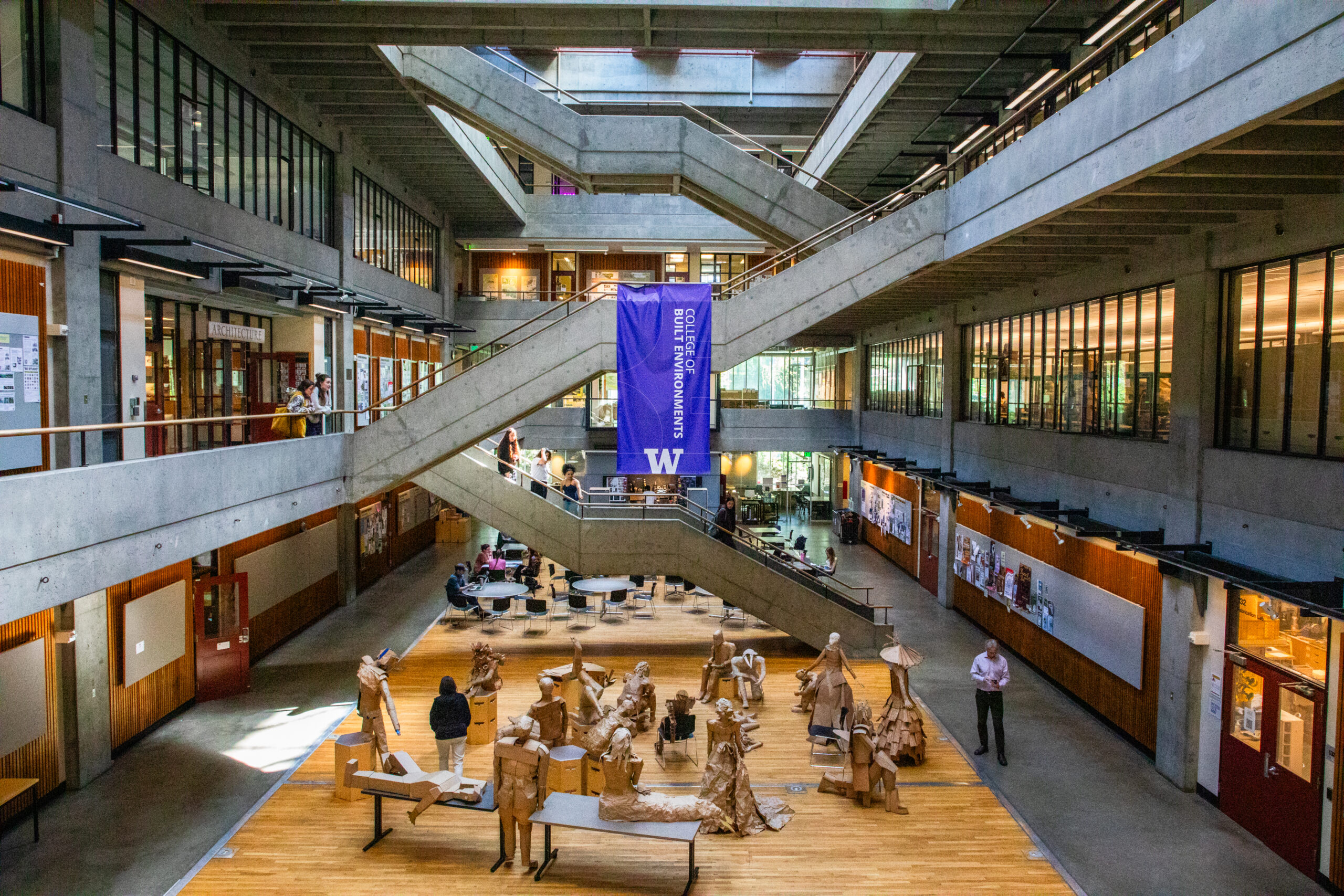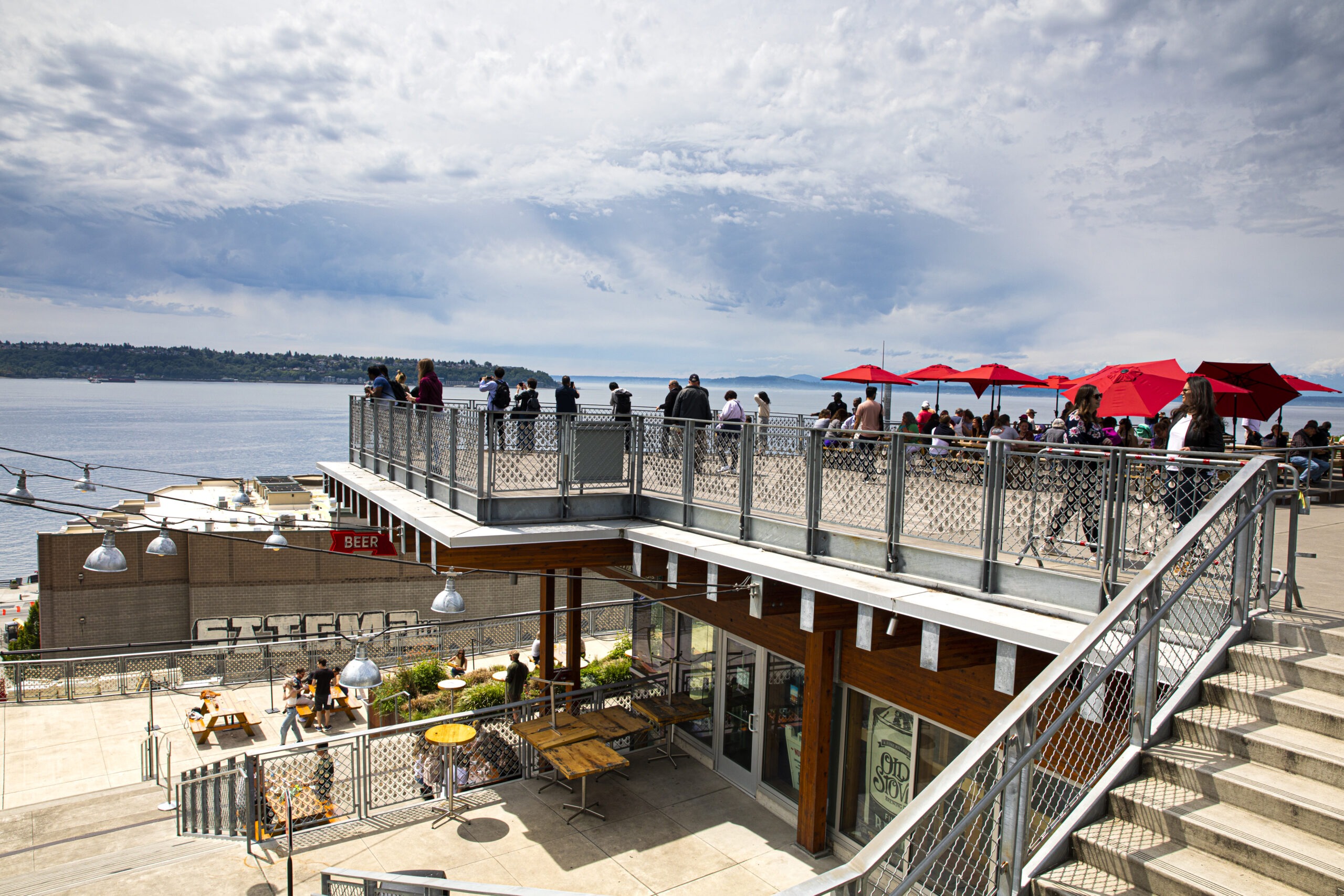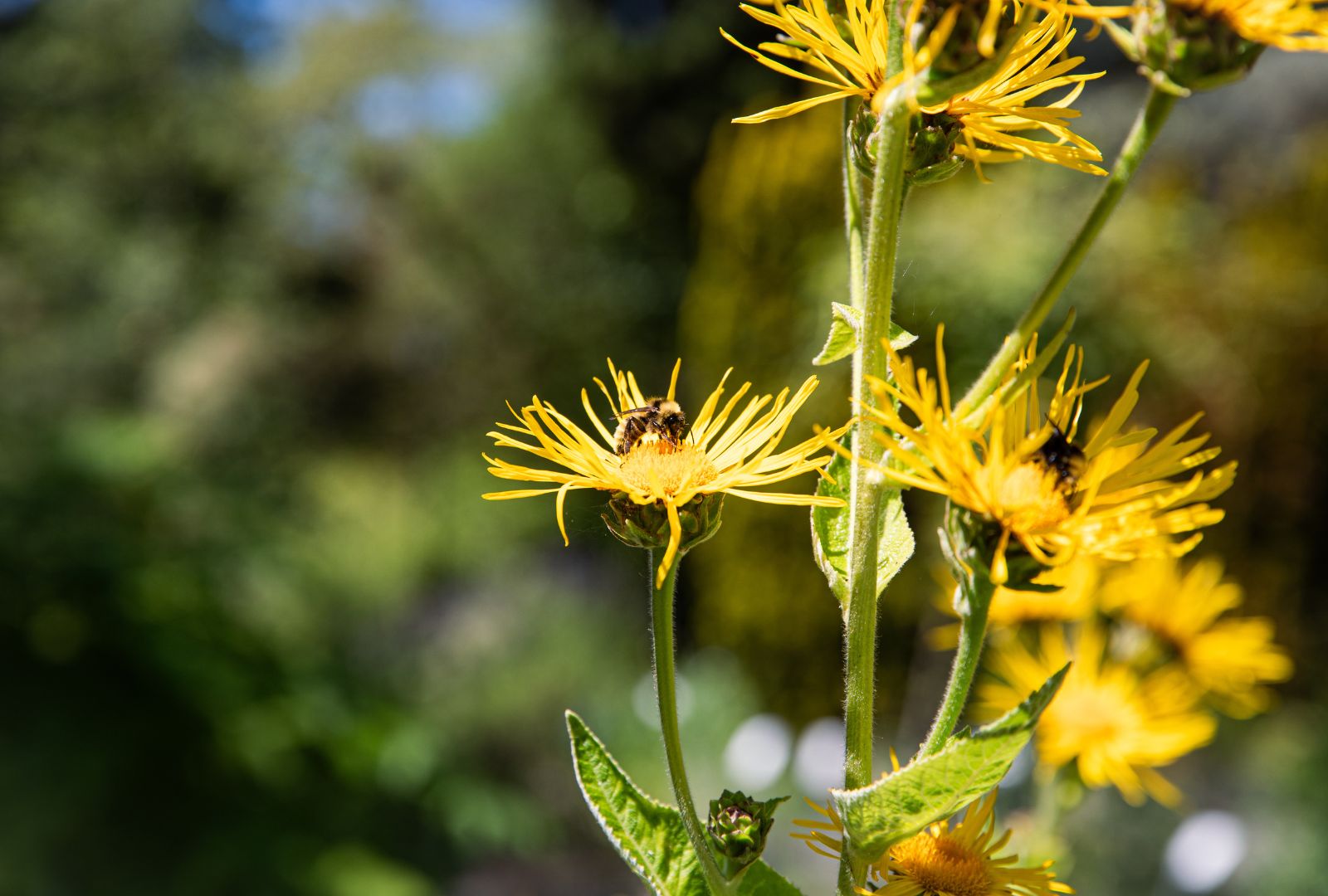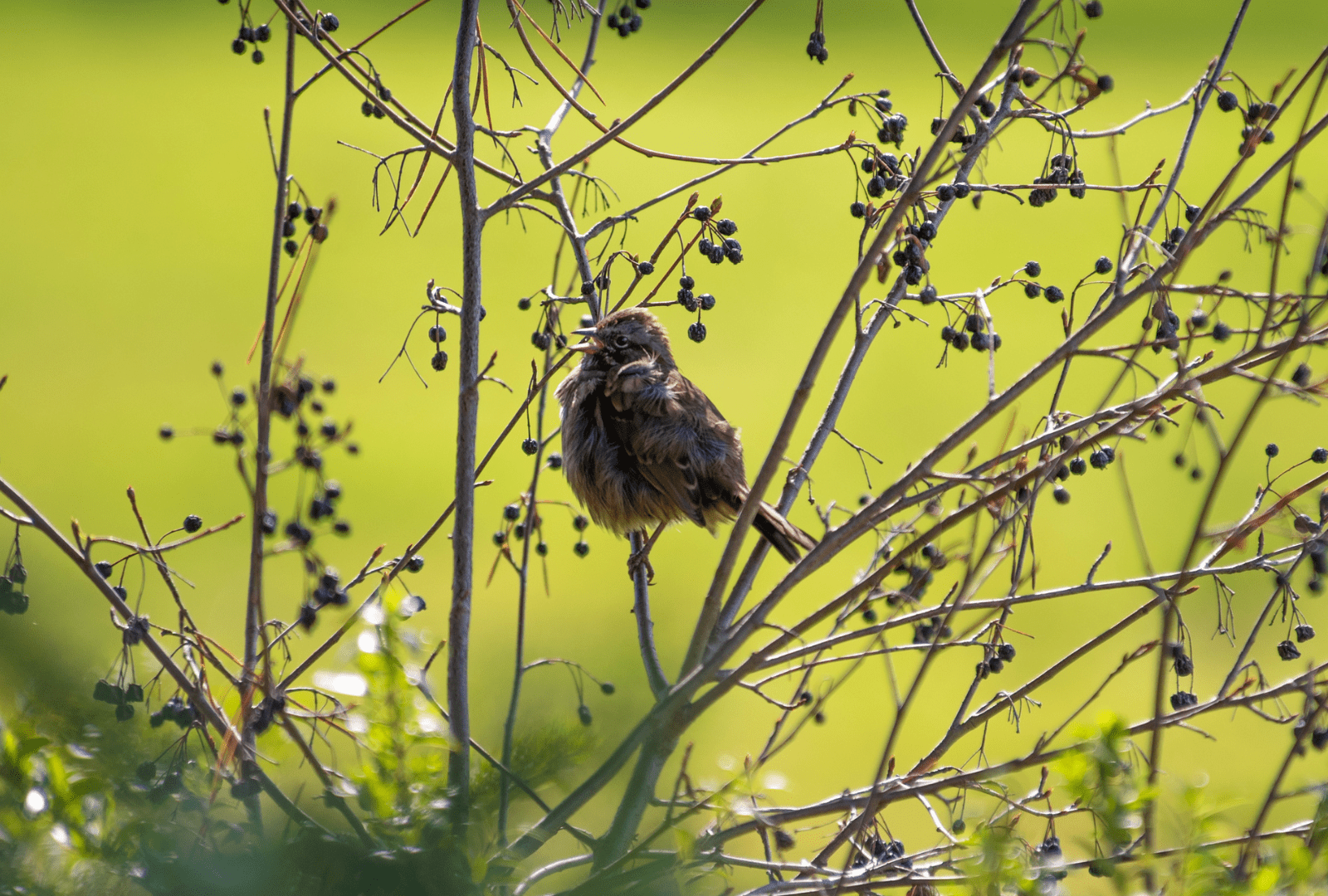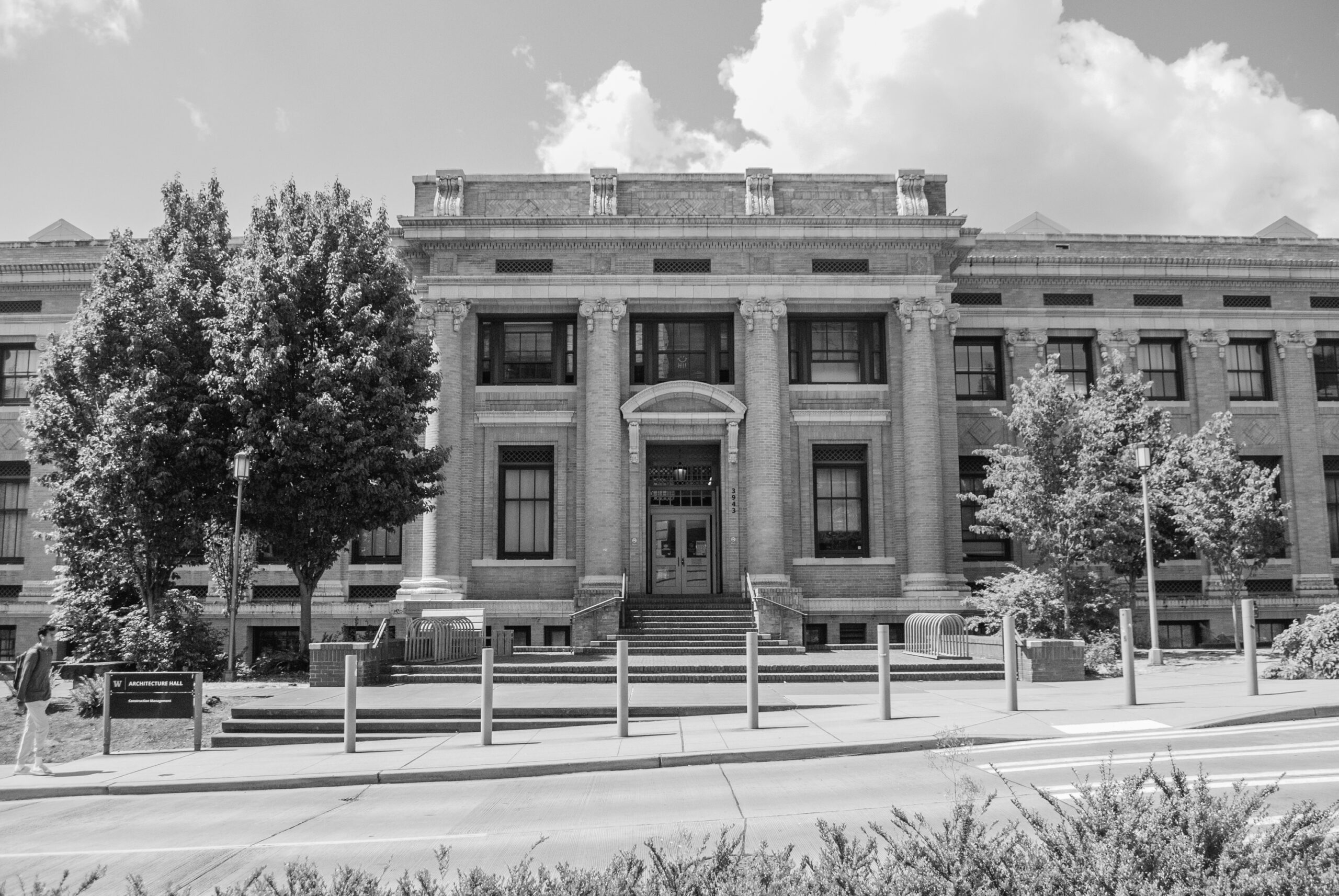- All (237)
- Alumni & Industry (31)
- Architecture (75)
- Climate (32)
- Community (63)
- Construction Management (29)
- Dean (18)
- Equity, Diversity & Inclusion (27)
- Faculty (68)
- Honors & Awards (31)
- In the Media (79)
- Landscape Architecture (39)
- News (43)
- Real Estate (35)
- Research (50)
- Students (45)
- Urban Design & Planning (42)
